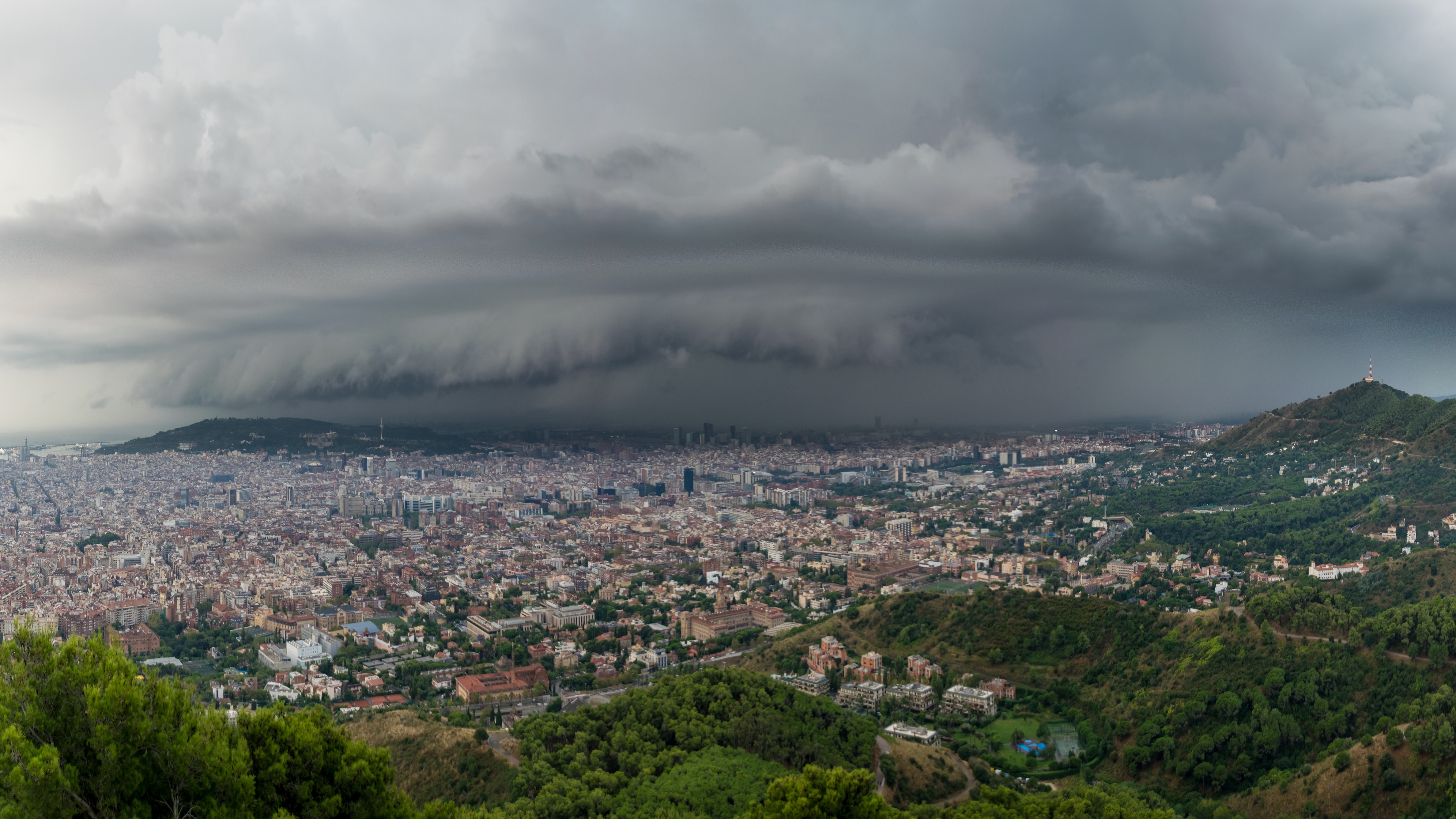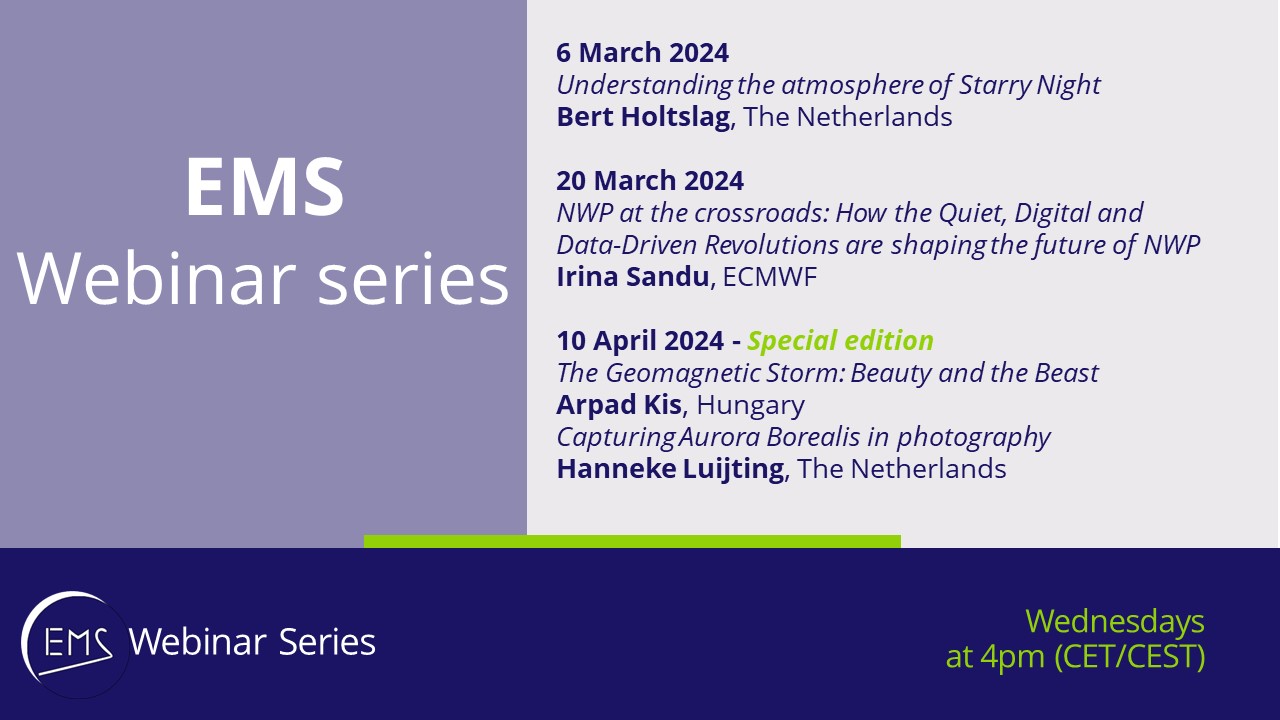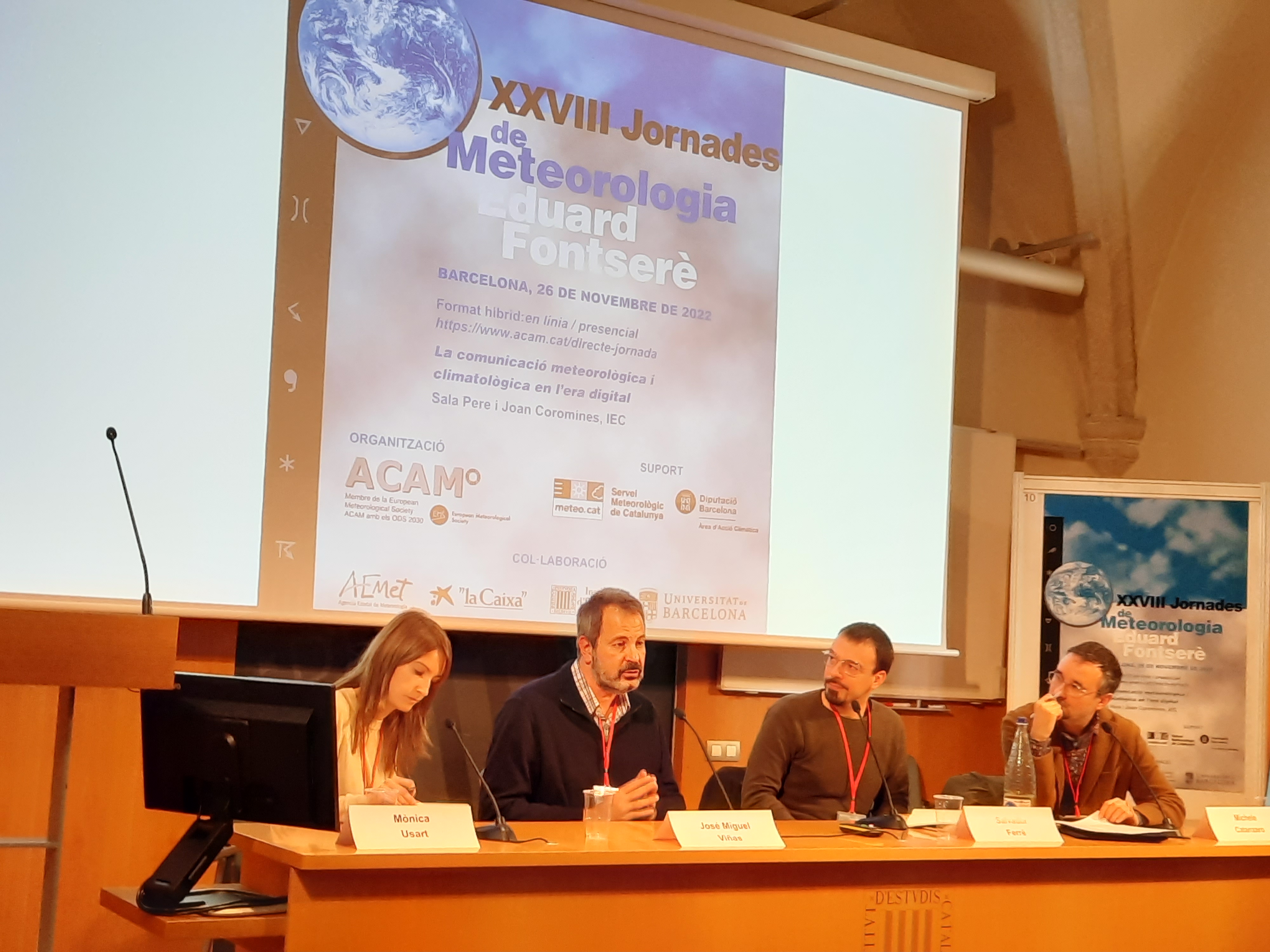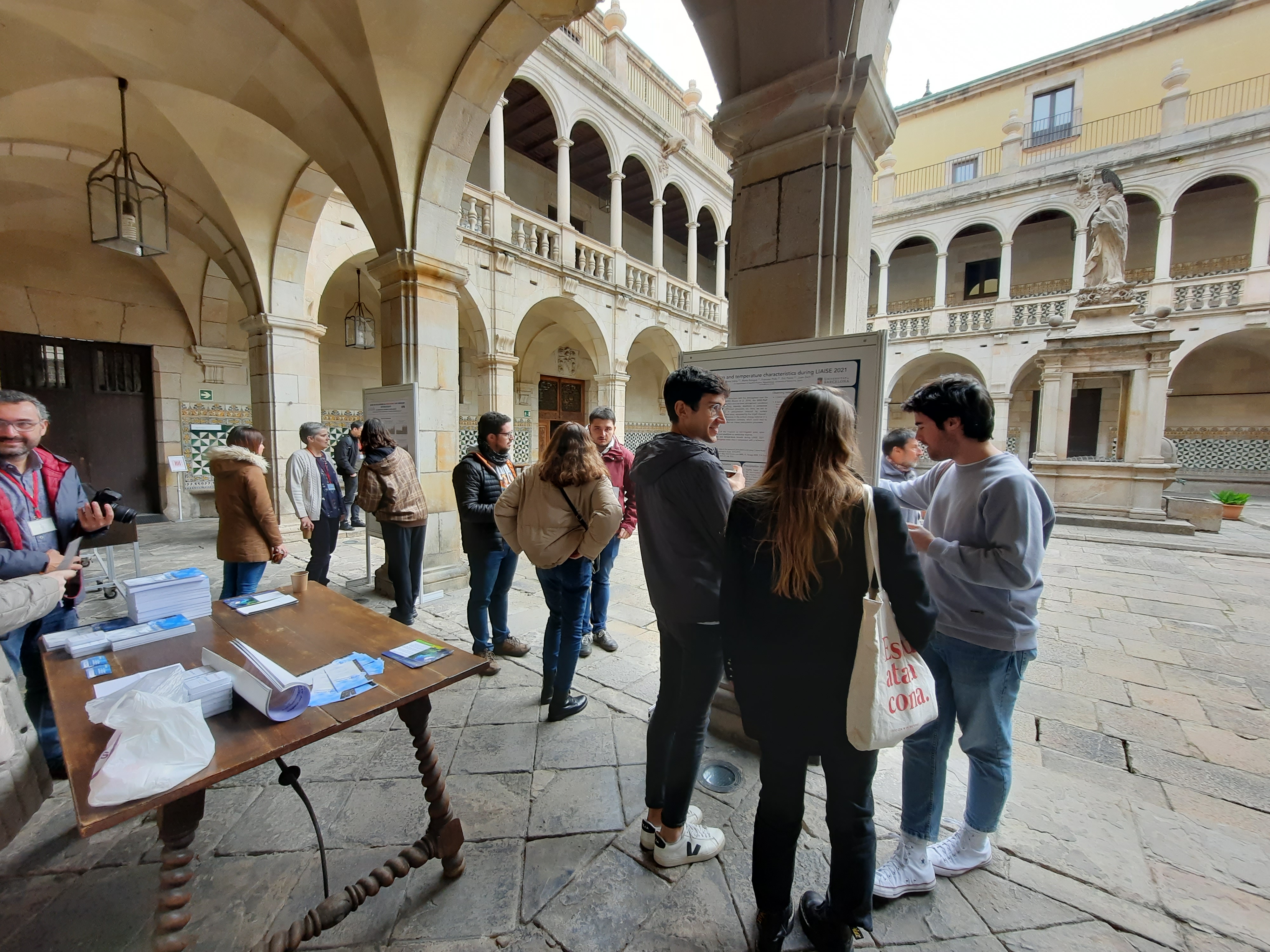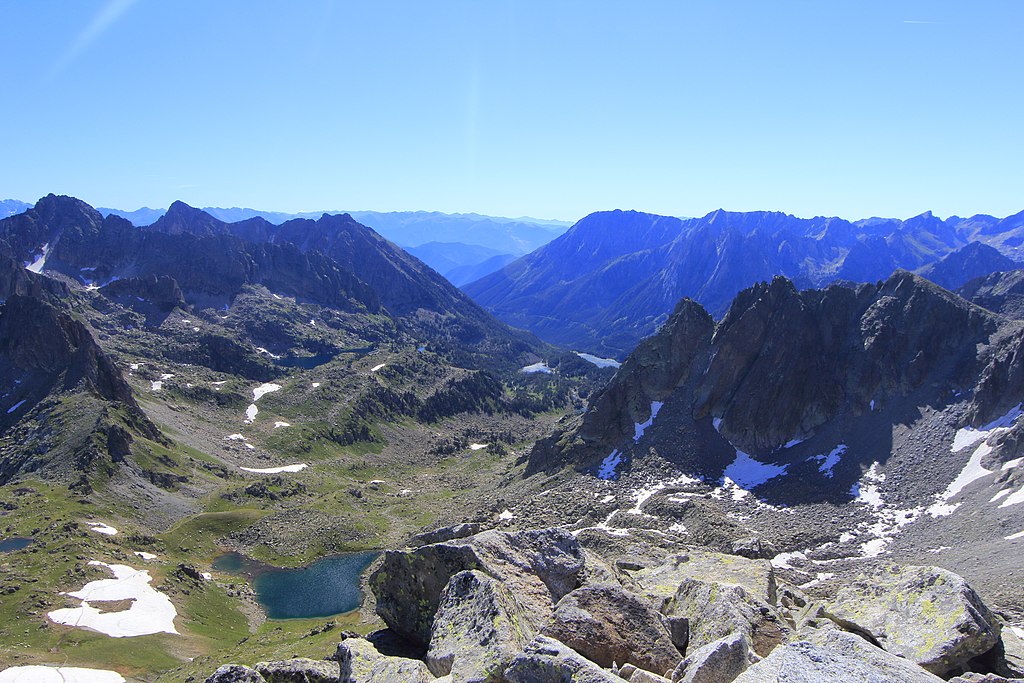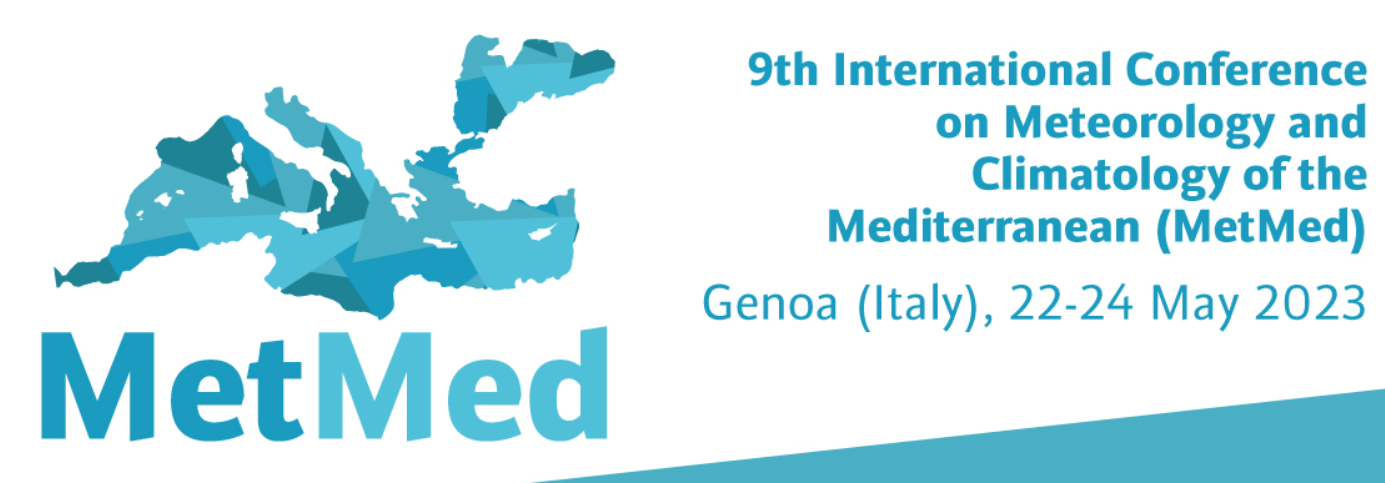Daniel Rosenfeld
The Hebrew University of Jerusalem, Israel. Daniel.rosenfeld@huji.ac.il
The Naïve early beginnings
The modern era of cloud seeding began with the discovery of Vincent Schaefer that dry ice or crystals of AgI dropped into an icebox filled with supercooled cloud induced freezing and deposition of the cloud water in the form of ice crystals (Schaefer, 1946). Schaefer readily took it out from the laboratory to the real world and seeded supercooled layer clouds with apparent success of glaciating the cloud drops into ice crystals. This started the "gold rush" of cloud seeding that lasted for the next 30 years, until it was realized that the induced changes in cloud composition and acceleration of the conversion of cloud drops into precipitation does not necessarily result in a net addition of precipitation on the ground.
It was quite clear that seeding of thin super-cooled layer clouds could glaciate the cloud and so create light snow. This has been used operationally for clearing of supercooled fog from airports. But the value for precipitation enhancement is very limited due to the very small amount of water in such clouds. Cloud seeders made the bold assumption that deep convective clouds with much more water should respond similarly to the seeding and respectively produce much more added precipitation on the ground when more precipitation embryos are initiated by the added ice nuclei. This "static seeding" conceptual model has been the basis for several major cloud seeding experiments, such as done in Israel (Gagin and Neumann, 1974 and 1981). It was later recognized that freezing lower and faster the cloud supercooled water should release additional latent heat of freezing and invigorate the clouds and so make them grow taller (Simpson et al., 1967), larger and enhance their precipitation and downdraft, which in turn triggers new clouds (Simpson, 1980; Rosenfeld and Woodley, 1993). All the glaciogenic seeding experiments of deep convective cloud had tantalizing positive results, but never reached statistical significance (Woodley et al., 1983 and 2003; Rosenfeld and Woodley, 1993). Hygroscopic seeding effects showed indicated positive initial results, but in ways that could not be understood based on the guiding conceptual model.
The double sided sensitivity of clouds to the damaging effects of pollution aerosols and potential corrective effects of cloud seeding provides us with another powerful tool for assessing the potential for rain enhancement of orographic precipitation. Areas that have experienced significant trend of reduction in the orographic enhancement factor are likely manifesting the sensitivity of the clouds to aerosols, and hence representing a potential for rain enhancement by cloud seeding.
The multispectral capabilities of the recently commissioned METEOSAT Second Generation (MSG) allows us to detect operationally the vertical profiles of cloud composition and particle effective radius and thereby identify fast growing clouds with the potential of producing hail. The retrieval is possible both day and night, using the methodology developed by the author in Rosenfeld et al. This is now possible at a nominal resolution of 3 km and 15 minutes. The MSG is therefore becoming a key tool for evaluating the potential for cloud seeding and directing the operations.


